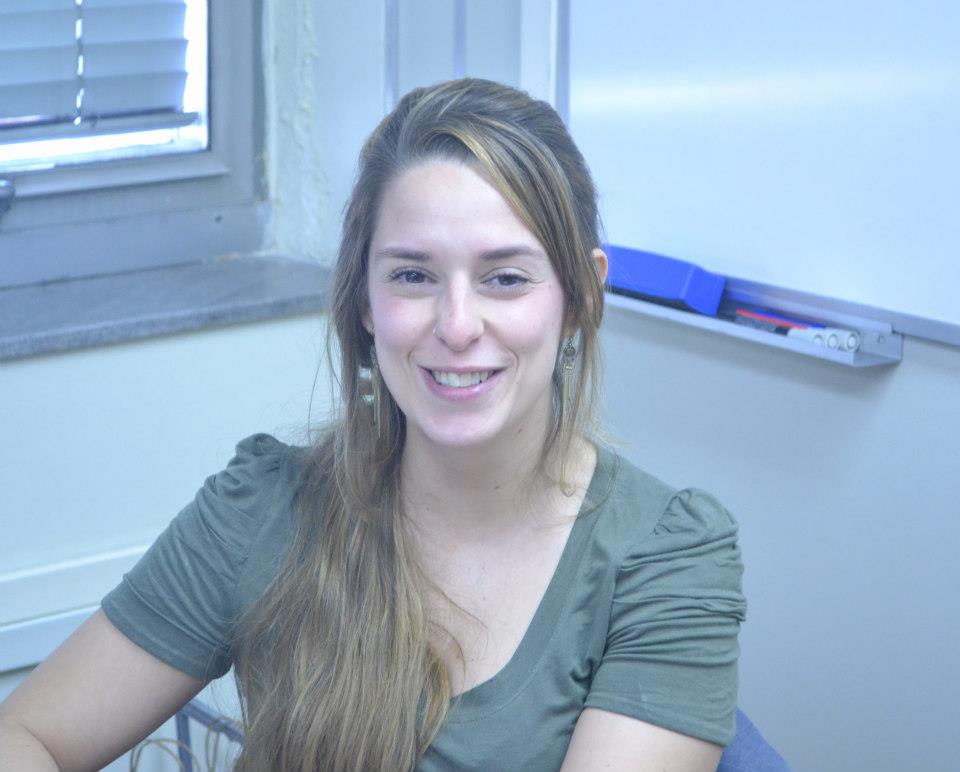E’ indetta una selezione per il conferimento di n. 1 assegno per lo svolgimento di attività di ricerca nell’ambito del progetto dal titolo: “Motion cueing algorithms for dynamic driving simulators” da svolgersi presso il Centro Interdipartimentale Human Inspired Technologies Research Centre-Hit, sotto la supervisione del Prof. Alessandro Beghi, in qualità di responsabile scientifico del progetto di ricerca.





